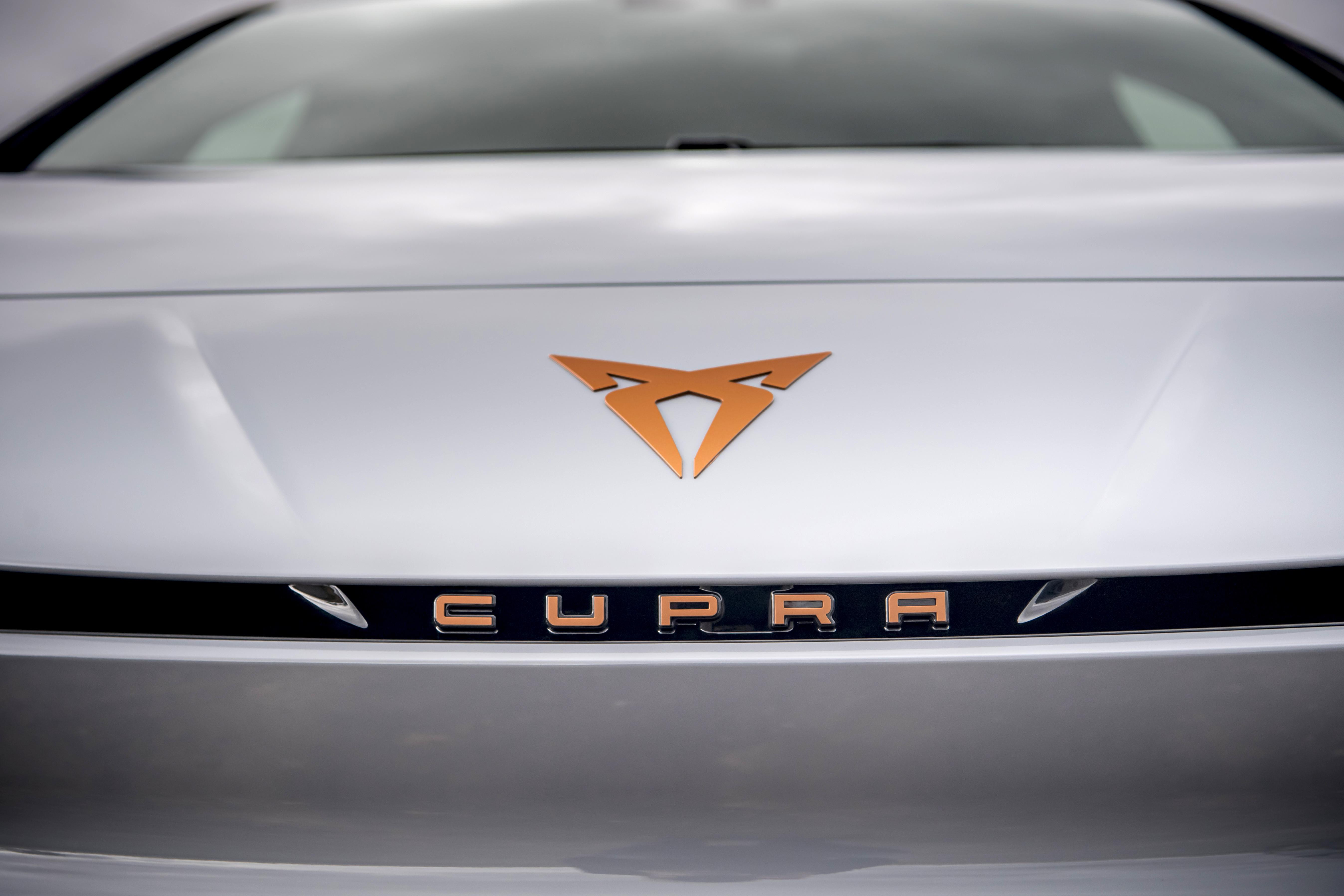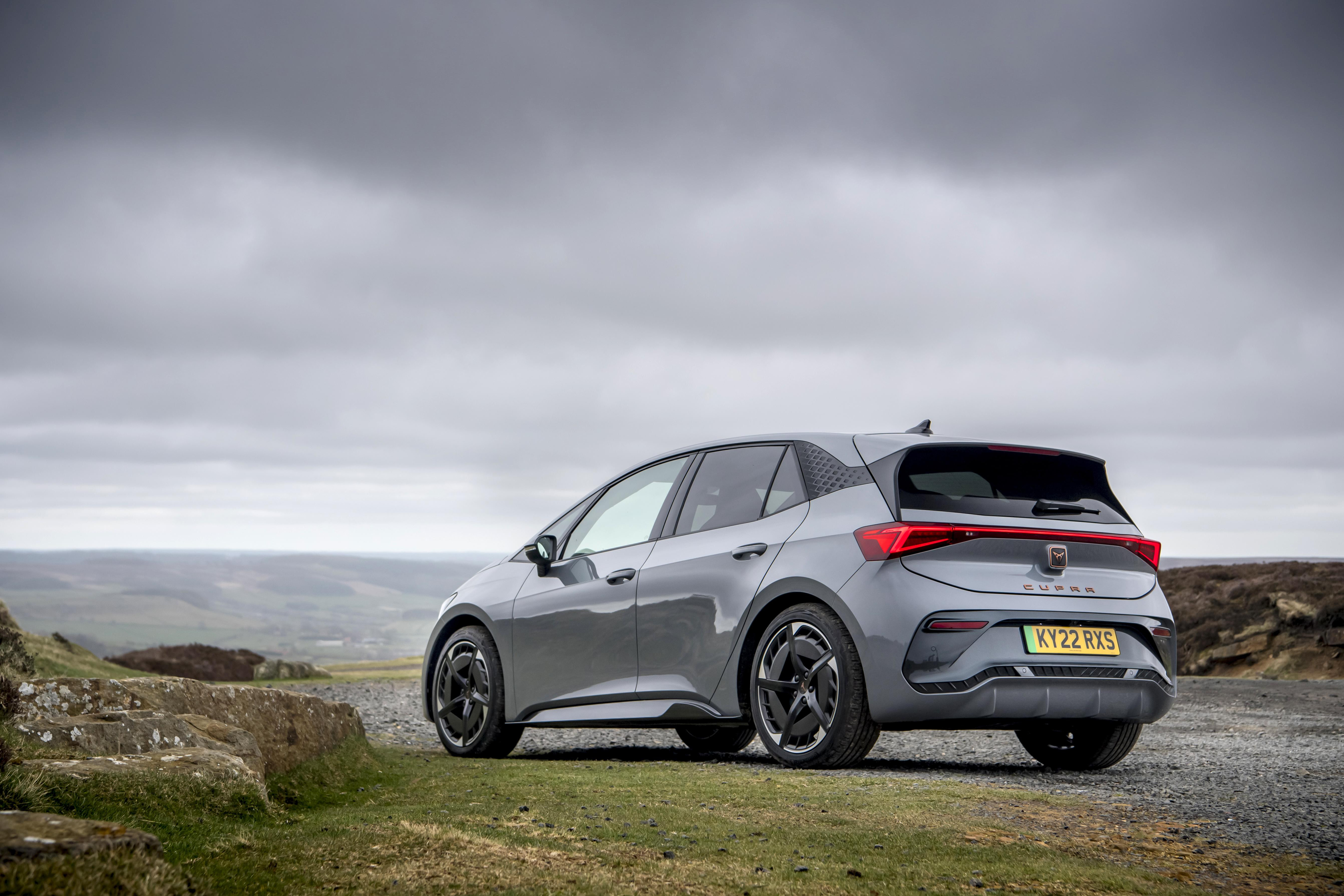Service Rating | 1,422 reviews
Mon - Fri: 9am - 5:30pm
If you’re in the market for a small family electric hatchback, the chances are that you’ve stumbled across the Volkswagen ID.3 and the Cupra Born.
At first, both cars look almost identical, with the models sharing the same Volkswagen Group MEB platform, electric drivetrains and similar styling cues. You’ll find both of them available here at My Electric Lease, too.
So, if you’re in the market for one of these cars, which one should you go for? Well, we’ve put both cars back-to-back in a Volkswagen ID.3 vs Cupra Born shootout to find out which one you should consider for your next car.
Styling

Both cars have a very similar look to them, with the Volkswagen having a more understated image, while the Cupra is the sleeker and sportier option.
The ID.3’s exterior design follows on from other Volkswagen models with its pronounced front end, featuring the Volkswagen logo and thin front grille that flows into the headlights. The side profile is rather anonymous to say the least, with most versions coming with two-tone paint finishes to liven up the exterior to a certain extent.
The Born, on the other hand, is a lot sportier with larger alloy wheel designs, gold accents and a much more sculpted front end. The side profile still has the rather forgettable silhouette, but at least you get side skirts and the car sits slightly lower, just to make it look a little more purposeful. Meanwhile, at the back, the rear spoiler, full-width light bar and rear diffuser just make the Born a much more interesting and dynamic-looking car.
Interior

It’s the same story with their interiors. To the naked eye, they look identical, but there are lots of design cues which differentiate them to make them stand out.
The ID.3’s cabin is a much more tranquil affair with dark and grey materials used throughout, while the 12.9-inch central touchscreen does give it a bit more character and there are plenty of cubby holes such as two cup holders, deep door bins and a cut-out in the centre console. Also, the ID.3 has some funky pedal designs with the accelerator featuring a play symbol and the brake referring to a pause symbol – a nice little touch. But, overall, the ID.3’s cabin lacks personality.
The Born’s interior layout is very similar to the ID.3’s in the way that you still get the same stuck-on infotainment system, but the gold accents around the centre console and air vents just make it feel more special. There is gloss black trim and a nice pattern-effect on the dashboard, while storage is even better with a massive sliding cubby hole in the centre console.
Practicality

When it comes to practicality, you might think the cars offer the same amount of interior space. However, the Cupra Born has a 3mm lower roofline than the Volkswagen, meaning it’s harder for rear-seat occupants to clamber aboard.
But, once you’re in, the Born offers a decent amount of rear legroom, but taller passengers might find their head brushes up against the roofline. Open the boot, and the car offers up to 385 litres of space, or 1,267 litres with the rear bench folded down, which is smaller than a Renault Megane E-Tech and Kia Niro EV.
The ID.3, however, is a little bit better for back-seat passengers, with there being slightly more headroom than in the Born, and you still get the same generous amount of legroom. The boot space at 385 litres is identical to its Spanish twin, and there is 1,267 litres of space with the rear seats folded down.
Specification

There’s no shortage of trim levels and standard equipment for both cars, either.
Starting with the ID.3 range, there are several trims available, including Pure Essential, Pure Match, Pro Essential, Pro Match, Pro S Essential, Pro S Match, GTX Performance and GTX Fire & Ice.
The entry-level car features standard equipment such as 18-inch steel wheels, LED headlights, LED taillights, ambient lighting and power-folding door mirrors. The sweet spot in the range would be the ‘Pro Match’ trim as it offers 18-inch alloy wheels, matrix LED headlights, a rear view camera, keyless entry and satellite navigation.
The GTX Performance gives sportier design details both inside and out, and features a 79kWh battery with a more powerful electric motor to produce 321bhp.
The Born range is much simpler to comprehend with V1, V2, V3 and VZ. All models are very well-equipped with the entry-level car featuring sports bucket seats, a heated steering wheel, a 12.9-inch infotainment screen and LED headlights. The V2 model boasts a head-up display and heated front seats, while flagship V3 models include 20-inch alloy wheels, electrically-adjustable front seats with a massage function and ambient lighting.
The VZ is the performance-focused model in the Born line-up, which features the same 79kWh battery with an electric motor found in the ID.3 GTX Performance. It also produces a total of 321bhp.
Verdict
From what we’ve found out, both cars share a lot of similarities; however, the Cupra looks better, has a nicer-feeling interior, is just as practical and has a much simpler number of trim levels, which are also better-equipped.
The Volkswagen has a much plainer interior and exterior design, has a confusing number of trim levels and lacks a lot of the flair that the Born gives. It’s a case of whether you’re looking for added style or added equipment - but both cars here provide fine EV choices.